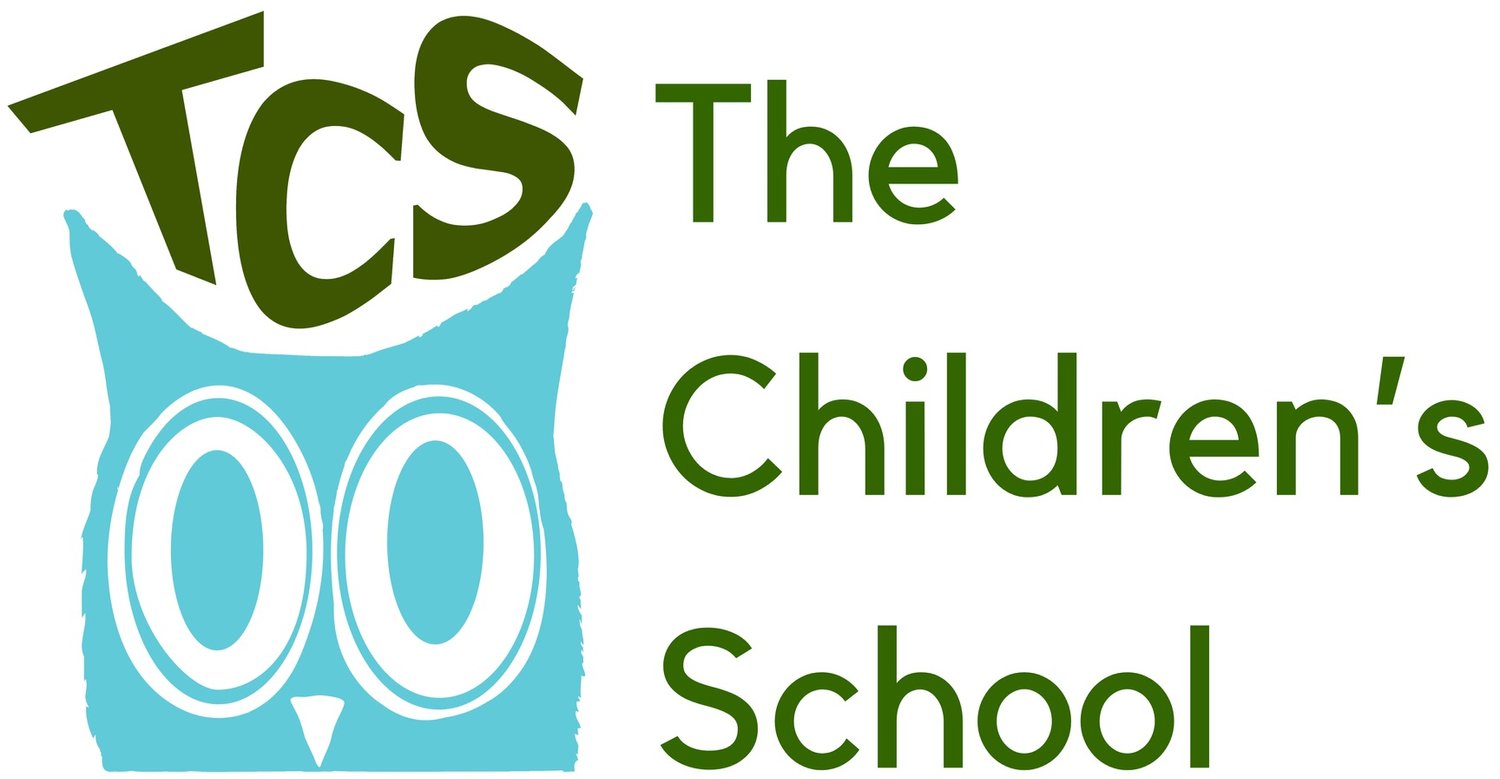We all hope to help our children turn into adults who can not only take care of themselves but also have the ability and empathy to take care of others. One way to start is by having very young children help with the household. In early childhood education we use the philosophy that “we set children up for success.” We do this in the classroom in many ways, by having furniture their size, having self-correcting or open ended materials, and by keeping a schedule to name a few. But you can also use this premise for your home.
Not only do we want children to participate in the daily activities in the home but we want them to feel proud and accomplished while doing them. This will set them up for future success in taking pride in their work as well as being proactive in taking care of themselves (independence), taking care of others (empathy), and taking care of the environment (responsibility). Home care tasks also go a long way in contributing to children learning those all important executive function skills.
Children of this age like to mimic what they see adults doing. Much of what we think of as mundane chores, to them look like so much fun! Of course you can find many examples of how to do this on Pinterest and in other social media posts, but here are a few easy chores to start with and that are easy to implement:
Pet care - if you have a pet you can easily make feeding a task your child can take over
Setting or clearing the table - depending on your space, also washing dishes
Putting *their* dishes away (have a shelf on their level with their dishes)
Sweeping, mopping, dusting, window washing (find tools for this that are their size)
Making their own lunches (you can even prep everything and they just assemble)
Laundry - especially folding laundry
Taking out the garbage, recycle, compost
The list could go on and on, but like I said I think these in particular are easy to set up. The key, again, is to set them up for success. One of the key factors is making sure the chore you are giving them has a specific time frame. For example, they pick up dishes after the meal, or set the table before the meal, or feed the dog when they wake up. Children are not always able to tell time, but they often keep a running schedule in their heads of “what comes next.”
What this looks like for pet care
There is a designated spot for pet care, or feeding specifically, and it should be near where the pet eats. Now there are a few ways to do this and it depends on your child’s age and abilities and can change over time as they gain more confidence and skills.
For a three year old it might look like a shelf at their level (can be an independent shelf or one in a cupboard) that has an already portioned out container of food and a pitcher of water. They can then get the food, put it in the bowl and take the pitcher to fill the water bowl. You can easily control this so the pet is getting the correct amounts and spills are at a minimum.
For a five year old it might look a little different. You can put out a large container with a secure lid and a scoop that equals the correct amount of food and an empty pitcher. The child then knows they give one/two scoops in the morning and at night (again it needs to be the same schedule every day). Then they can go to the sink and fill the pitcher and take it to the water bowl.
I am using ages here but it really just depends on the child’s abilities and what you know they are capable of doing successfully. This also doesn’t mean that they won’t make mistakes and that too is okay!! That’s how we learn, we experiment and sometimes fail but the important part is that we are given more chances to succeed!
Keep in mind that some of these tasks may need a do over by an adult, if that is the case do it when your child isn’t around to see you “fix” their work. There is a difference between showing and helping them do it and just redoing what they did - I am sure many of us experienced the latter when we were children and it can be a hurtful feeling.
I think it is also important to mention that these tasks don’t necessarily have to have a reward. The reward should be that they take pride in contributing to the entire family's success. Saying things like “the dog really appreciates that you remember to feed them every day!” Or, “Wow if you didn’t help set the table we may not have eaten on time.” They want to feel important and many times that comes from adults making them feel like they are an essential part of the family.
Another important thing to remember is that children this age want to do these tasks. As they move through different stages of development they may not be as eager to help and may need charts or encouragement in other ways (allowance, screen time, etc.). But giving them the advantage of just knowing that a family/household works better when everyone contributes is a big advantage in life!
If you have any more questions or would like more ideas on how to implement chores or make your own household more child friendly, please ask me (leave a comment). I love talking about environmental design for children!!






